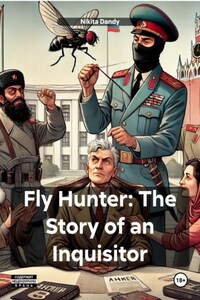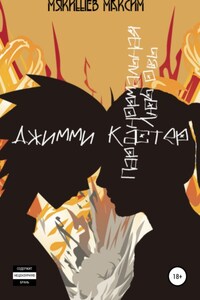Warning: This book contains graphic descriptions of violence, brutality, and sexual exploitation. Sensitive readers are advised to proceed with caution.
________________
Fly Hunter: The Story of an Inquisitor is a gripping and unsettling exploration of the dark corners of human nature and the corrupting influence of absolute power. This novel delves into the life of Aman-Jalil, a ruthless inquisitor who navigates a world where cruelty and betrayal are the norms.
The protagonist, Aman-Jalil, rises from a childhood marred by poverty and violence to become a key figure in a brutal regime. Serving under Iosif Besarionis, he ascends to the head of the NKVD. In this role, Aman-Jalil wields immense power with ruthless efficiency, orchestrating a series of brutal killings disguised as suicides, manipulating those around him, and spreading fear to maintain control.
Aman-Jalil's early life is filled with scenes of violence and despair, shaping him into a person who finds solace in an unusual and macabre hobby: hunting flies. This pastime becomes a metaphor for his later actions as he manipulates, betrays, and destroys those around him with impunity.
Throughout the novel, Aman-Jalil's cunning and ruthlessness are on full display. He manages a network of brothels with Bahar-Gani, exploiting underage girls and further entrenching his power. His interactions are marked by a cold-blooded efficiency as he eliminates enemies and consolidates his control through fear and intimidation.
This novel is not for the faint-hearted. It presents a stark, unflinching look at the depths of human depravity and the brutal realities of life under an oppressive regime. Through Aman-Jalil's journey, readers are invited to witness the harrowing effects of power, the corrupting influence of absolute control, and the devastating consequences of a world without compassion.
Prepare to be captivated and horrified by Fly Hunter: The Story of an Inquisitor, a tale that will linger in your mind long after you've turned the last page.
Chapter 1: Hunting Flies and the Chief Inquisitor
9 January 1905 entered history as Bloody Sunday. On this day, the country experienced one of the most tragic and brutal episodes in its history. In the center of the capital, about 140,000 working-class representatives gathered to peacefully express their discontent and demand better working and living conditions. But their hopes for justice and understanding were cruelly crushed.




